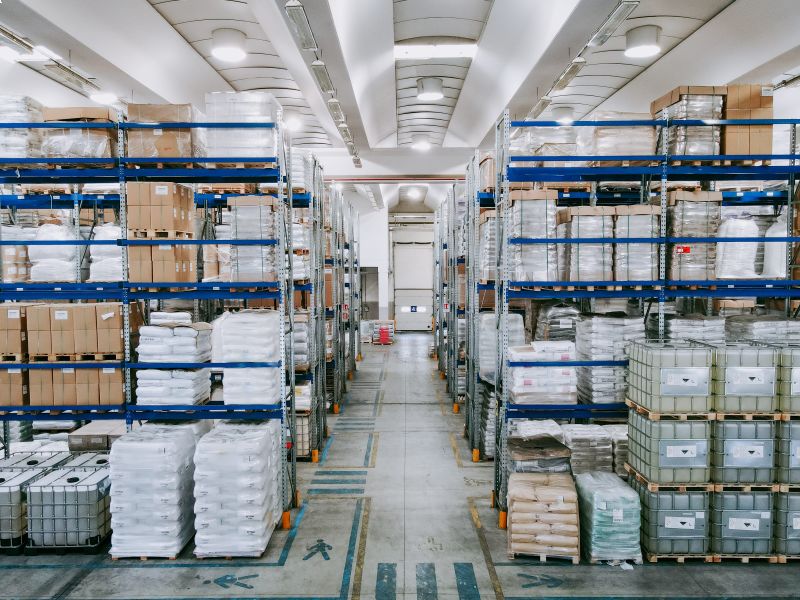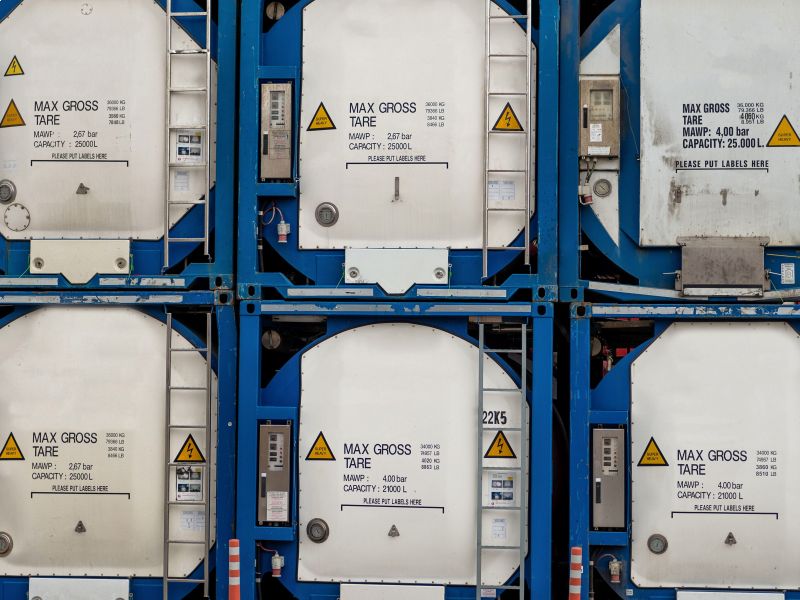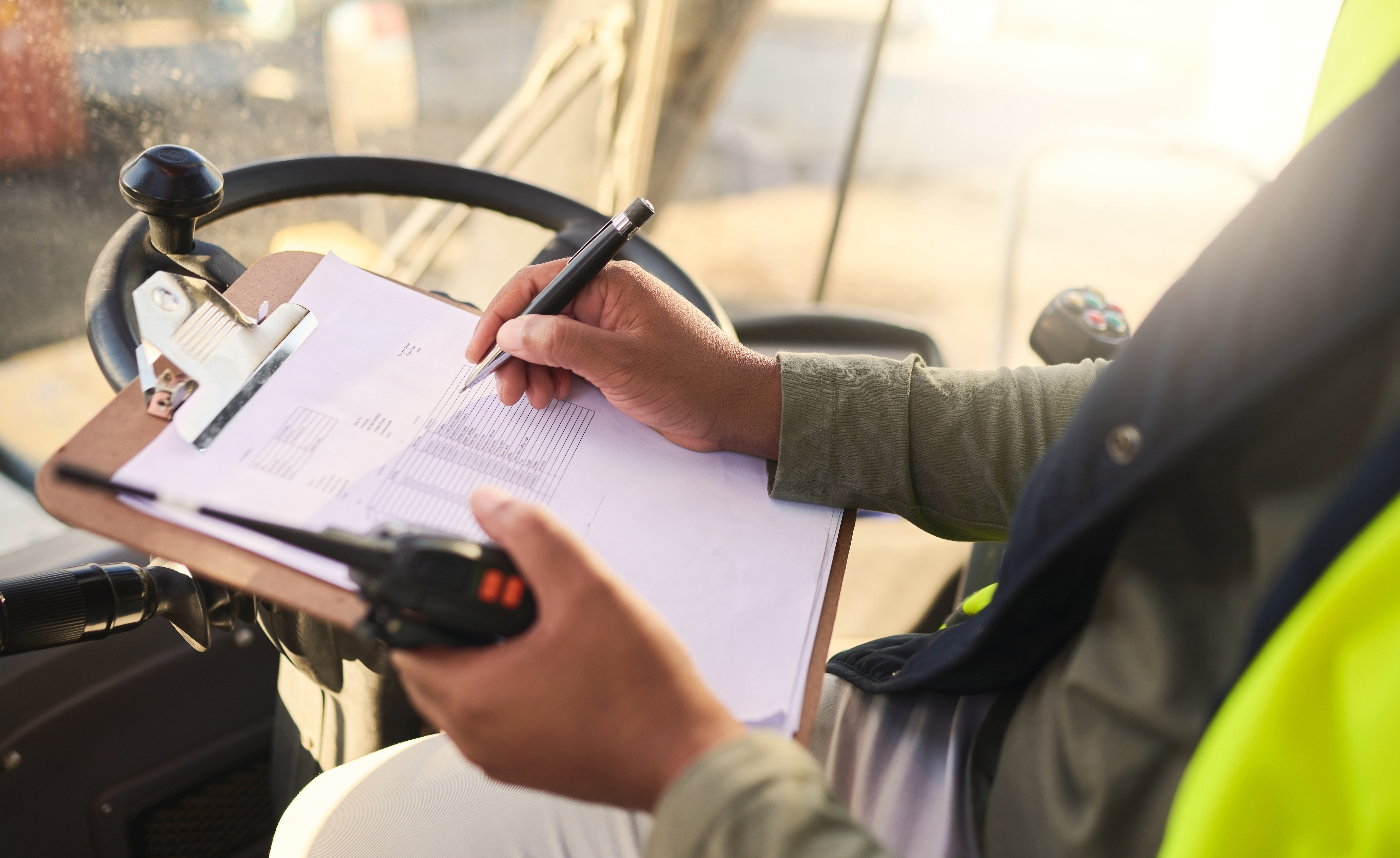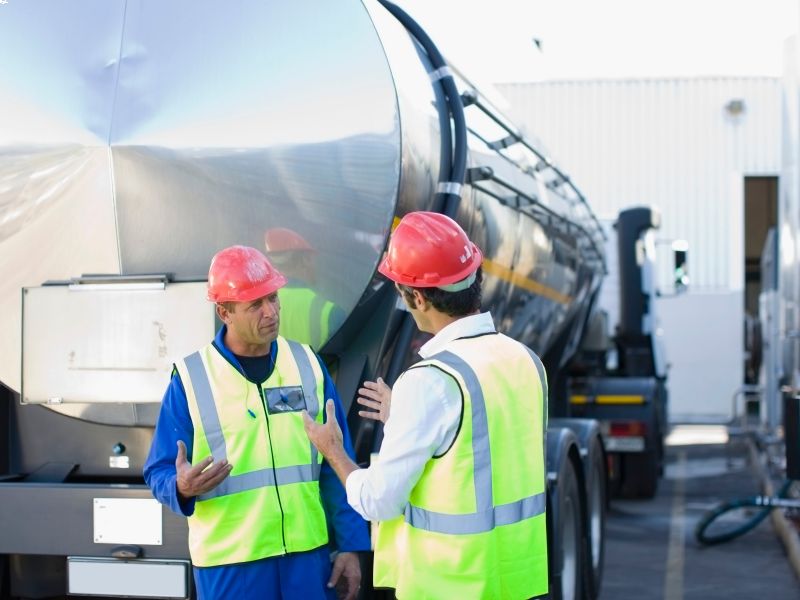ADR 2025 Update: All the New Features and What Changes for Companies.
As happens every two years, the ADR – the European Agreement concerning the International Carriage of Dangerous Goods by Road – has been updated. The new regulation with the ADR 2025 update came into effect on January 1, 2025, but will become fully operational starting July 1, 2025, after a transitional period to allow member states to adapt.
Let’s take a closer look at the main changes and what they mean for those operating in the sector.
What is the ADR Agreement
The ADR (Agreement concerning the International Carriage of Dangerous Goods by Road) is the European agreement that regulates the road transport of dangerous goods.
It came into effect in 1968 and is reviewed every two years. The ADR sets out technical, regulatory, and safety requirements that must be followed by all parties involved in the logistics chain: carriers, consignors, consignees, loaders, packers, and drivers.
The main goal is to minimize risks to people, the environment, and infrastructure during the transportation of potentially hazardous substances, such as flammable liquids, compressed gases, corrosive or explosive materials.
Key Changes in ADR 2025
The ADR 2025 update introduces several significant changes that directly impact the handling and transport of dangerous goods.
Here are the main changes to keep an eye on:
- Introduction of a New UN Number for Sodium-Ion Batteries
ADR 2025 introduces a specific UN code for sodium-ion batteries, an emerging technology in the energy sector. This brings with it new requirements for classification, labeling, packaging, and transport, similar to those already in place for lithium batteries, but with some technical and management differences. - Exemption from Appointing an ADR Advisor for Occasional Shipments
It clarifies that even the consignor can benefit from the exemption to appoint an ADR advisor, provided the shipments are occasional and limited. This eases regulatory burdens for many small businesses and production facilities that handle dangerous goods sporadically. - Bulk Transport of Asbestos-Containing Waste
ADR 2025 allows bulk transport of asbestos-containing waste, as long as it is packed in big bags or other suitable packaging that ensures containment and safety during transport. This is a significant change that supports the operational needs of companies involved in remediation and waste disposal. - Simplified Rules for Mixed Paint Transport
Regulations regarding the combined transport of paints have been simplified, making it easier for companies transporting various chemical products classified as dangerous goods to manage mixed loads. - Expanded Exemptions for Bitumen and Road Maintenance Products
The ADR exemption for transporting bitumen and other road maintenance materials has been expanded, provided specific operational conditions are met. This allows for more flexibility in construction sites and local transport. - Obligation to Keep Documents Onboard
The update reinforces the requirement to always carry onboard the vehicle all relevant documents, including:- the driver’s ADR training certificate
- written emergency instructions
- vehicle-related documents (e.g., technical certifications)
- a valid ID document
All these must specifically pertain to the vehicle used for transport.
What Companies Must Do Now
With the ADR 2025 update taking effect, companies must take proactive steps. Specifically:
- verify whether the goods handled fall under the new provisions, such as sodium-ion batteries or asbestos-containing waste;
- update internal documentation, including manuals, technical sheets, and operating procedures;
- organize or update training for all personnel involved in the transport or handling of dangerous goods;
- assess the need to appoint an ADR advisor, considering exemptions and the actual modes of transport used.
Penalties for Non-Compliance: What’s at Stake
Failure to comply with ADR regulations can lead to serious consequences both economically and legally. Authorities conduct regular checks on the road and at company premises, and penalties can be severe—even for those who handle dangerous goods occasionally or in small quantities.
Penalties vary based on the severity of the infraction and can amount to thousands of euros, along with the risk of goods being seized, vehicles detained, or business operations suspended. In the event of an accident, criminal liability may also arise. Even seemingly minor errors can have serious consequences—this is why strict compliance with every regulation detail is essential.
Rely on Corsini for Road Transport of Dangerous Goods: We operate in full compliance with ADR regulations and continuously stay updated to provide a safe and compliant service. Contact us now for personalized advice.
News.
STAY UP TO DATE ON HAZARDOUS GOODS AND THE CHEMICAL SECTOR
The world of hazardous goods transportation is constantly evolving, as are the regulations affecting the shipment and logistics of hazardous substances and chemicals. Stay up-to-date with our industry articles.

 Registered office: Viale Etiopia, 5 - 20146 Milano (MI)
Registered office: Viale Etiopia, 5 - 20146 Milano (MI)












